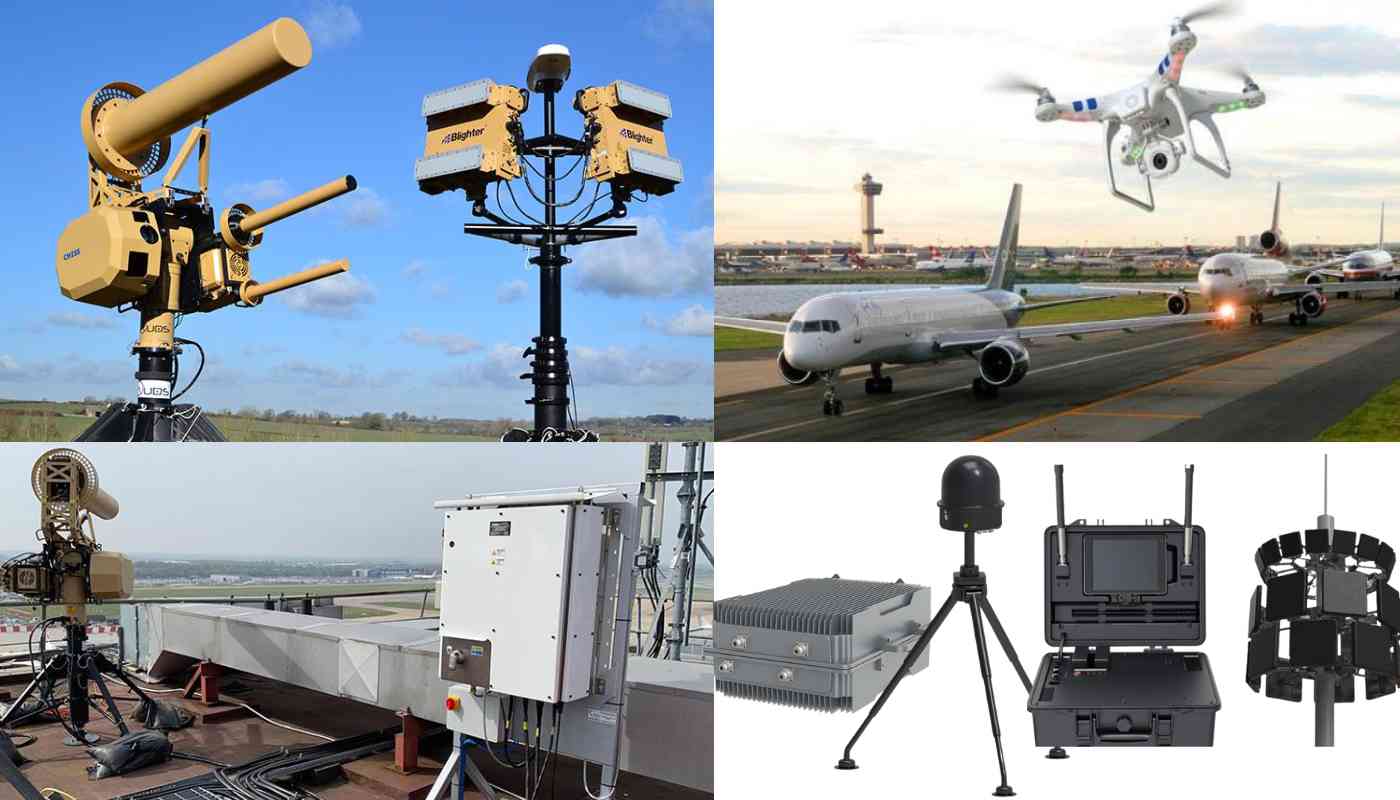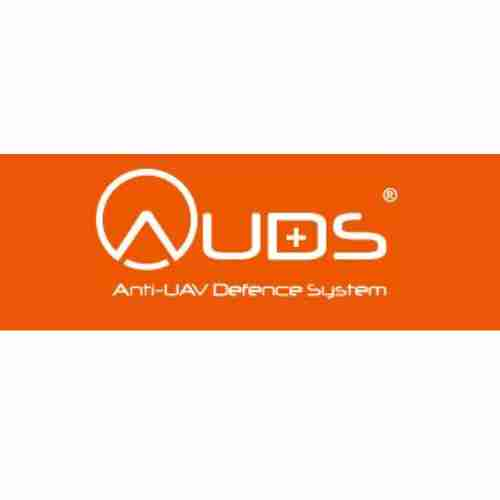Anti Drone System and Counter UAS Detection in France in 2025
The French skies, synonymous with romance and revolution, are now facing a new challenge: rogue drones. These unmanned aerial vehicles (UAVs), while boasting a range of civilian applications, can also pose a significant security threat. From disrupting sensitive operations near airports to potentially being used for espionage or even attacks, the need for robust counter-drone (C-UAS) systems in France has become increasingly critical.

Why Counter-Drone Systems Matter in France
France, a global leader in aviation and aerospace, has a vested interest in securing its airspace. Here’s a closer look at why C-UAS solutions are crucial for the nation:
- Airport Security: France boasts some of the busiest airports in Europe, with Paris-Charles de Gaulle Airport ranking as the second busiest. A rogue drone disrupting air traffic at such a critical hub can have disastrous consequences. C-UAS systems become vital for early detection and mitigation of drone threats around airports.
- Critical Infrastructure Protection: France is home to numerous nuclear power plants, government buildings, and other sensitive locations. Drones can be used for reconnaissance or even targeted attacks. Anti-drone technology plays a vital role in safeguarding these critical infrastructures.
- Public Safety Events: Large gatherings, concerts, and national celebrations are potential targets for drone-based disruptions. C-UAS systems can help ensure the safety of crowds and prevent unwanted aerial surveillance during such events.
A Look at Drone Detection Systems
The first line of defense in any C-UAS strategy is effective drone detection. Here’s a breakdown of some key technologies used in France:
- Radar Detection: Traditional radar systems can be effective in detecting larger drones, offering long-range surveillance capabilities. However, smaller drones with low radar signatures might pose a challenge.
- Radio Frequency (RF) Detection: This technology identifies and tracks drones by analyzing the control signals between the drone and its operator. It’s particularly effective against commercially available drones that rely on standard frequencies.
- Electro-Optical/Infrared (EO/IR) Detection: EO systems use high-resolution cameras to visually identify drones during daylight hours. IR sensors come into play at night, detecting the heat signature emitted by drones.
- Acoustic Detection: Advanced systems can identify drones by analyzing the specific sounds their propellers generate. This can be helpful in situations where other detection methods might be compromised.
These technologies often work in conjunction with each other, providing a more comprehensive picture of the aerial environment.
The French Approach to Counter-Drone Solutions
France has taken a proactive approach to addressing the drone threat. Here’s an overview of the current landscape:
- Government Initiatives: The French government has allocated significant resources for research and development of C-UAS technology. This fosters innovation and ensures that French security forces have access to cutting-edge solutions.
- Focus on Integration: French C-UAS systems often emphasize integration with existing air defense infrastructure. This allows for a more seamless and coordinated response to drone threats.
- Regulation and Legislation: France, along with the European Union, is actively involved in developing regulations for drone usage. This helps to mitigate the risks associated with irresponsible drone operation.
French Anti-Drone Manufacturers: Several French companies are at the forefront of C-UAS technology development. These include:
- CerbAir: This company offers a comprehensive suite of C-UAS solutions, including drone detection, tracking, and jamming capabilities.
- Paramus Electronics: Known for their expertise in electronic warfare, Paramus Electronics develops C-UAS systems that focus on disrupting drone communication and control signals.
- Acropolis Defense: This company specializes in portable and mobile C-UAS solutions, ideal for securing perimeters and sensitive locations.
These are just a few examples, and the French C-UAS industry continues to evolve rapidly.
Exploring Counter-Drone Techniques
While detection is crucial, C-UAS systems also encompass various mitigation strategies:
- Drone Jamming: This technique disrupts the communication link between the drone and its operator, effectively grounding it. However, jamming raises concerns about potential interference with other authorized radio frequencies.
- Drone Takeover Systems: These sophisticated systems attempt to take control of a rogue drone, either by hijacking its control signal or forcing it to land safely in a designated area.
- Drone Interception: In extreme situations, physical interception of a drone might be necessary. This could involve deploying specialized nets or employing interceptor drones to neutralize the threat.
FAQs
What is an Airport Anti-Drone System in France?
An Airport Anti-Drone System in France uses radars, radiofrequency detectors, and cameras to spot unauthorized drones around airports. If a drone is detected, it can be jammed, intercepted, or taken over to prevent disruptions to air traffic.
Why are Counter-UAS Systems Important in France?
Counter-UAS systems are important in France to safeguard its airports, critical infrastructure, and public events from potential threats posed by rogue drones. These threats can range from disrupting air traffic to espionage or even attacks.
How Does France Detect Drones?
France uses a combination of radar, radiofrequency detection, and electro-optical/infrared systems to detect drones in its airspace. This allows them to identify, track, and take action against unauthorized drones.










